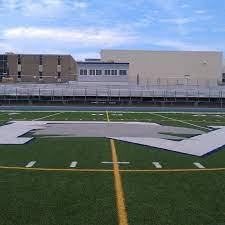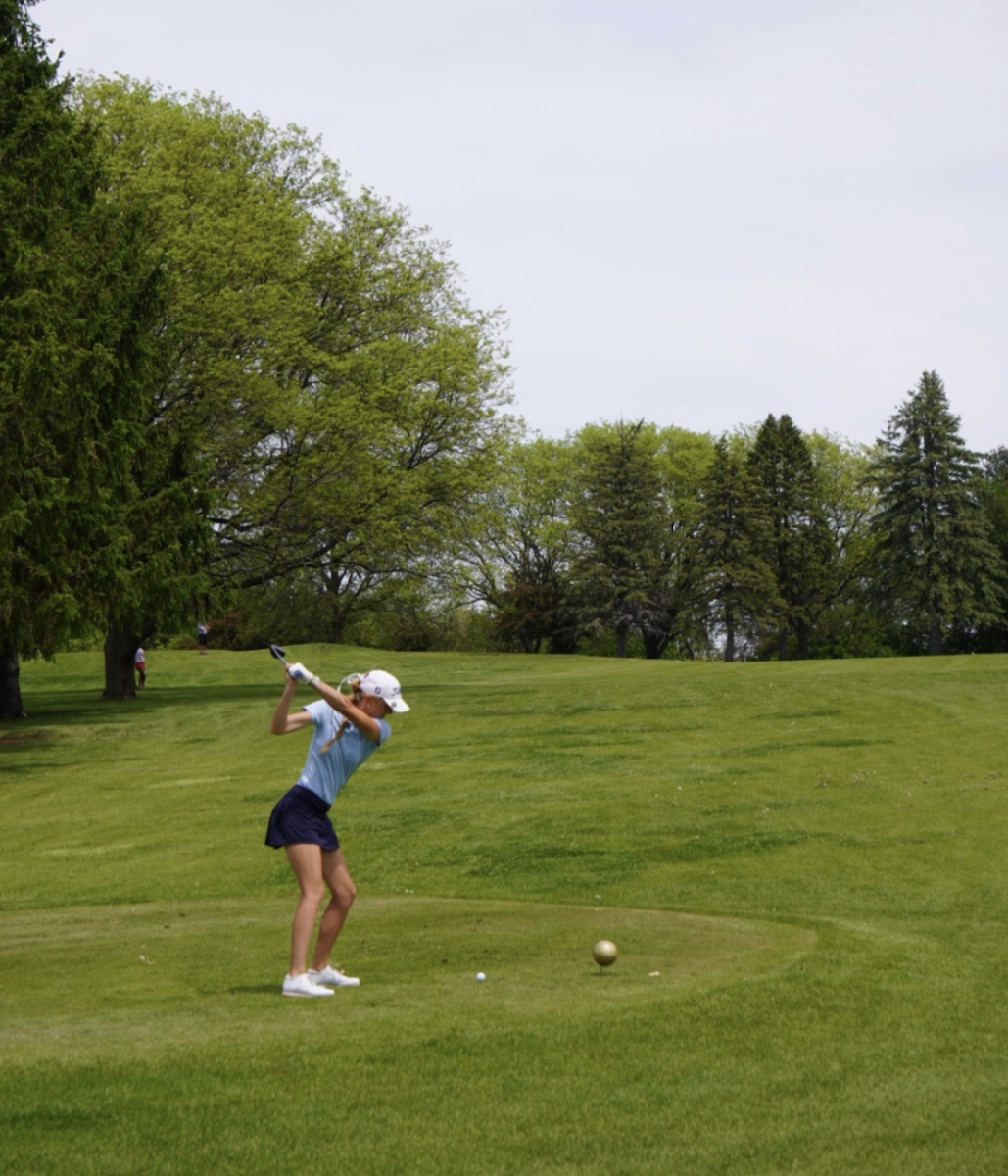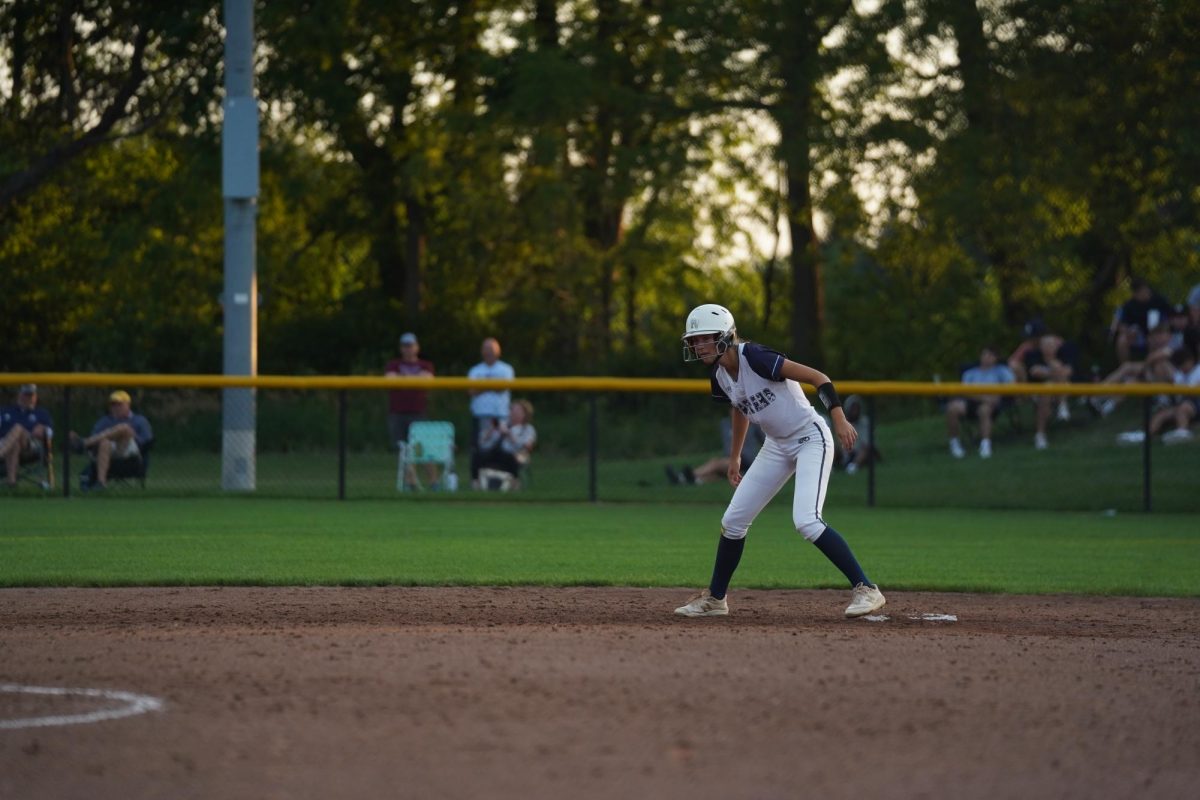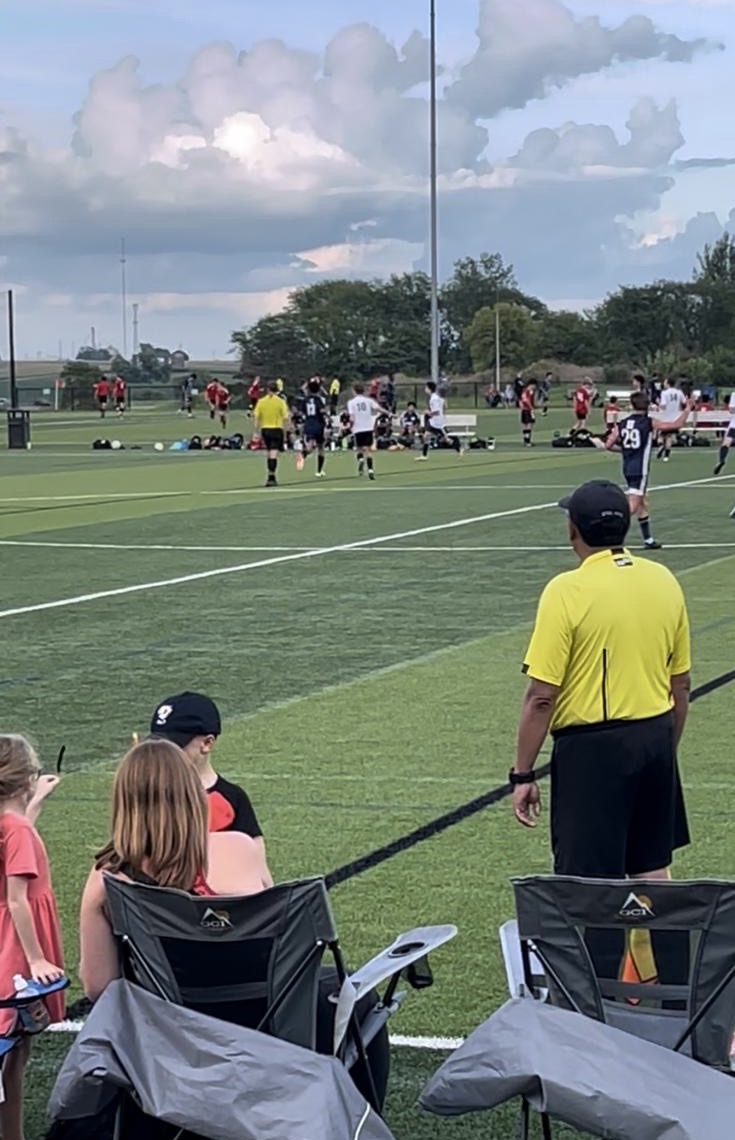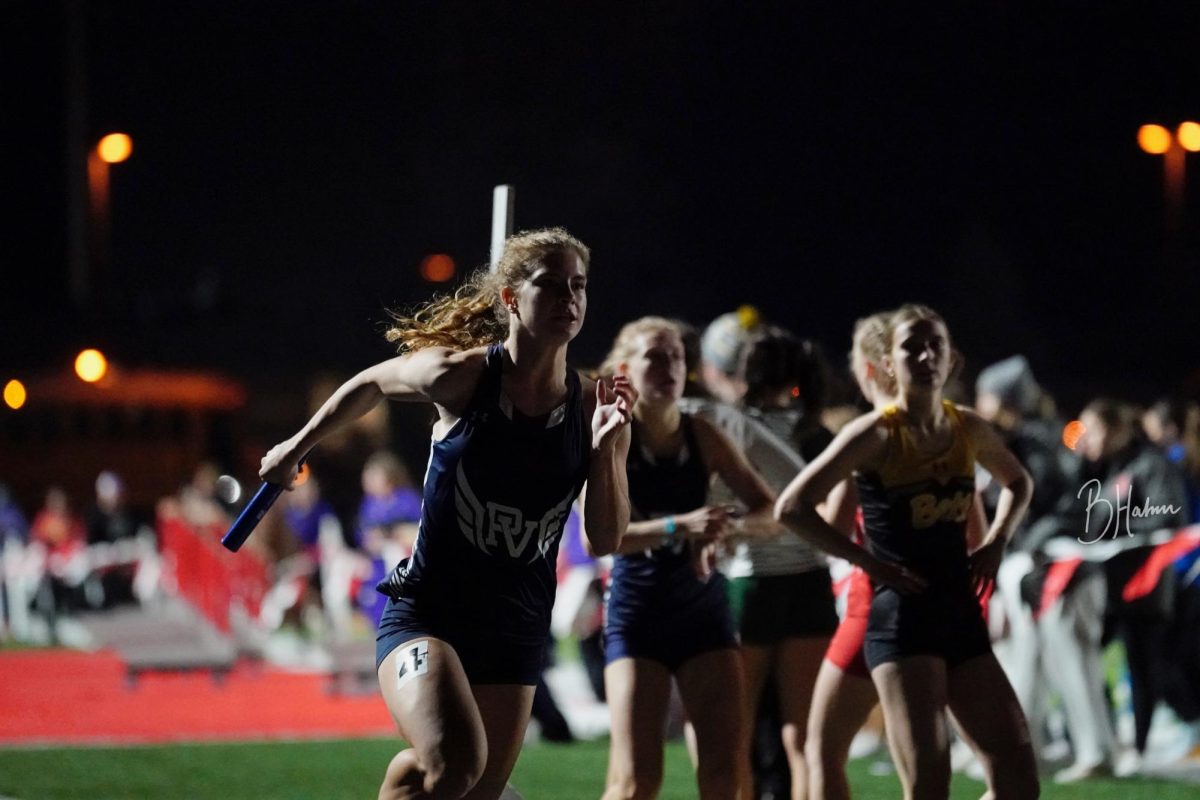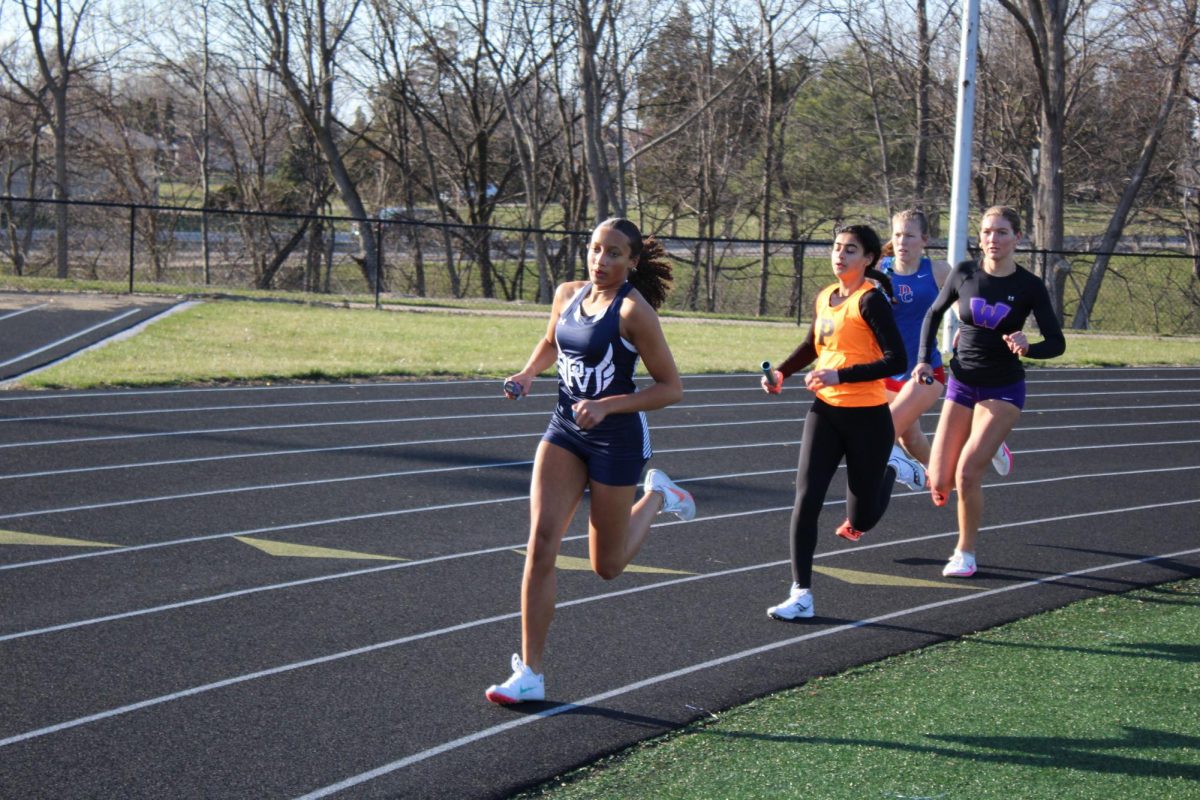The debate between artificial turf versus grass when designing a professional playing surface has gained significant traction in the world of athletics. While turf has become a popular choice due to its low maintenance and year-round usability, the recent surge in injuries, particularly in the NFL, has brought the spotlight back to the classic grass field.
One of the primary benefits of grass fields lies in their impact on player safety. In the NFL, multiple strings of injuries have raised concerns about the safety of artificial turf. Several players have suffered from non-contact injuries on turf, leading experts to question the surface’s role in these incidents. Unlike natural grass, which provides a more forgiving surface, artificial turf is known for its hardness and lack of shock absorption. This discrepancy can result in a higher risk of injuries, especially to the lower extremities.
One would think this would make grass the undisputed choice for every field, but artificial turf boasts some very important benefits. Turf is by far more durable and sustainable than a grass field. It can withstand a multitude of weather conditions and athletes have the ability to use it year round. Also, it is easily customizable and requires little to no maintenance. In comparison to a grass field that has to be painted and requires lots of maintenance and repairs.
Overall, grass fields are much better for athletes because it is more forgiving and safer for players. It is the clear choice when it comes to professional sports stadiums. But, in terms of non-professional fields, turf is much more favored. The main reason is the low maintenance and one-time cost. While turf can be expensive to put in originally, there is little to no maintenance costs and much more reasonable for establishments like high schools.
Grass is also preferred by many professionals. Recently FIFA invested more into the world cup so that they could ensure the games would all be played on grass fields. There have been many studies done at both Michigan State and Tennessee universities about the advantages of grass. It was found that the injury rate on turf was higher than it was on grass “ (.048 per 100 plays on turf in 2022, .035 on grass).”
The playing surface is very impactful to sports that deal with a ball of some kind and contact with the ground. The different surfaces are very impactful to soccer players and kickers in football. “For soccer especially good grass is better than good turf because of the way the ball can get off the ground on grass. Cleats can get stuck to the ground on turf and makes it a little harder to be accurate,” said senior soccer player Aiden Stoflet.
There are many impacts such as how the ball flies and the bounce from the playing surface that can affect the trajectory of the ball. Senior kicker Austin Bullock has kicked on both surfaces and noticed differences. “Turf tends to be more consistent in the placement of the ball because the turf can form around the turf but the grass doesn’t move like that,” said Bullock.
While artificial turf has its advantages, the recent surge in injuries in the NFL has prompted a reevaluation of the playing surface. The resilience and safety offered by natural grass fields, coupled with their environmental benefits, make them a compelling choice for sports venues looking to prioritize player well-being and sustainability. As the debate continues, it’s evident that the lush green of a well-maintained grass field may hold the key to a safer and more enjoyable playing experience for athletes.


